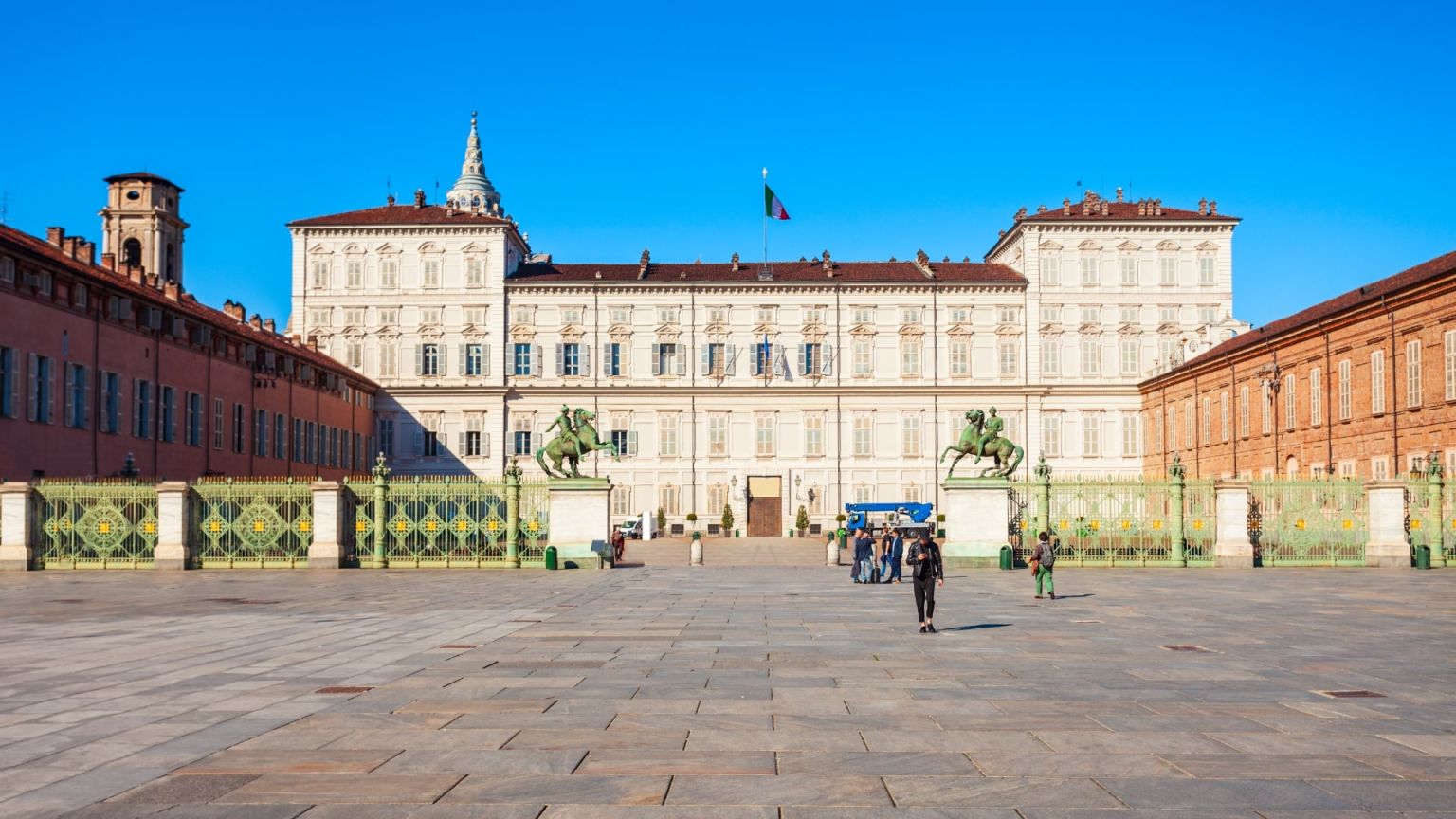
Royal Palace of Turin: learn about the history, tickets and must-see tours
Royal Palace of Turin: the tickets most chosen by travelers
History of the Royal Palace of Turin
The Royal Palace of Turin is one of the most important Savoy residences in Piedmont, located in the center of the city, in the Piazzetta Reale adjacent to Piazza Castello. In 1563, Duke Emanuele Filiberto moved the capital of the Savoy dukedom to Turin, settling the court in the old bishop's palace. Then, in 1584, Charles Emmanuel I commissioned the architect Ascanio Vitozzi to build a new palace.
After 1643, the direction of the work passed to Amedeo di Castellamonte and then to Carlo Morello. The palace became the center of the Savoy court and a symbol of dynastic power for at least three centuries. With the transfer of the capital from Chambéry to Turin, the palace was constantly updated and adapted to the taste and needs of the ruling dynasty. Today, the Royal Palace is famous for its magnificently decorated halls, including the Ballroom and the Throne Room. Visitors can also explore the Royal Gardens and other historic structures connected to the complex.
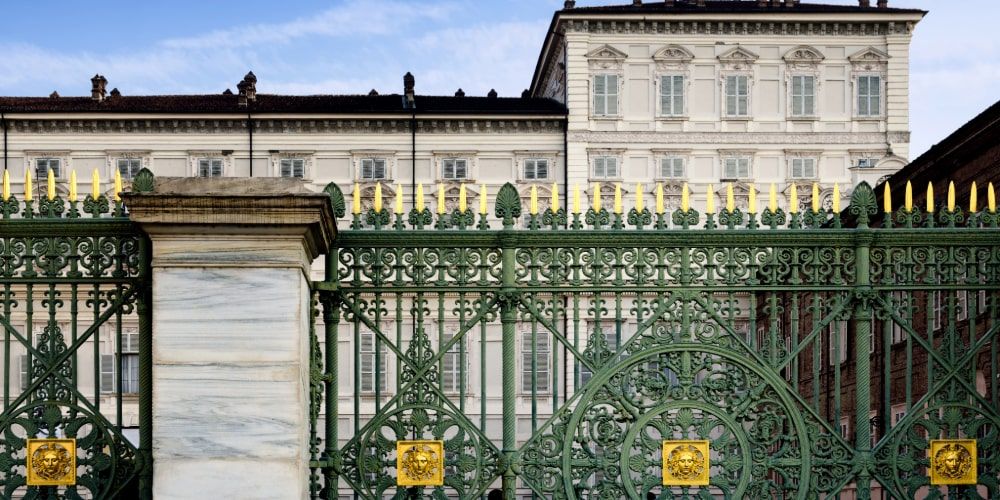
Discover all other experiences
Useful Information for Visiting Turin’s Royal Palace
Opening Hours
The Royal Palace of Turin is open Tuesday to Sunday from 9:00 AM to 7:00 PM (last entry at 6:00 PM). The palace is closed on Mondays.
Reservations
To avoid long waits, it is highly recommended to book tickets in advance. When purchasing online, you can choose from various options, including standard admission tickets, guided tours with priority access, or combo packages with other city attractions. Booking ahead ensures your preferred entry time and a more complete experience.
Where to Enter the Royal Palace
The main entrance to the Royal Palace of Turin is located at Piazzetta Reale 1, in the heart of the city. If you’re driving, keep in mind that the area is within a Restricted Traffic Zone (ZTL). It’s advisable to park nearby and continue on foot. If you prefer public transportation, the nearest stop is Piazza Castello, served by buses and streetcars. For a hassle-free visit, some packages include guided tours with a convenient meeting point in central Turin.
Royal Palace of Turin: tips for your visit
How to Get to Turin's Royal Palace
The Royal Palace of Turin is located at Piazzetta Reale 1, right in the city's heart. Here’s how to reach it:
On Foot
From Porta Nuova train station, walk along Via Roma to Piazza Castello; the journey takes about 15-20 minutes.
By Train
From Porta Nuova and Porta Susa stations, you can walk or take public transportation to the Royal Palace.
By Bus or Streetcar
Lines 4, 11, 51, 56, and 57 stop near the palace. The closest stops are Duomo - Musei Reali and Castello.
By Car
If you're driving to the city center, remember that the Royal Palace is within a Restricted Traffic Zone (ZTL). Be sure to check the access restrictions and find a nearby parking area.
The best experiences in Turin
Best attractions around Royal Palace of Turin
all entrance tickets for the most popular Italian attractions
The 10 most beautiful historical buildings in Turin
Fairytale castles, palaces impossible to be standing, dragons, and a tour on the killer's trail. What's next?
Read more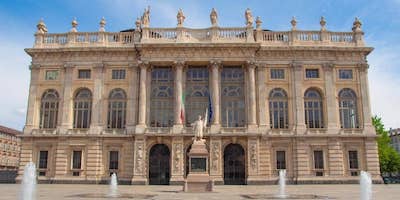
Frequently Asked Questions About the Royal Palace of Turin
How long does it take to visit the Royal Palace of Turin?
A visit to the Royal Palace of Turin takes approximately 1.5 to 2 hours to explore the main halls and the Royal Armory. For a full tour of the Royal Museums, including the Galleria Sabauda and the Museum of Antiquities, you should plan for about 4 hours.
Who lived in the Royal Palace of Turin?
The Royal Palace of Turin was the official residence of the House of Savoy for three centuries, housing dukes, kings, and queens, including Emanuele Filiberto, Carlo Emanuele I, and Vittorio Amedeo II. After the Unification of Italy, the royal family moved to Florence, and the palace lost its role as the primary royal residence.
What’s Inside the Royal Palace?
The Royal Palace of Turin is the centerpiece of the Royal Museums, a cultural complex housing treasures of immense historical and artistic value. The Royal Apartments feature opulent halls adorned with intricately carved ceilings and grand allegorical paintings by Jan Miel and Charles Dauphin, celebrating the virtues of the sovereign. The Royal Armory showcases one of the most spectacular collections of ancient weapons and armor in the world, while the Chapel of the Holy Shroud, a masterpiece of Baroque architecture, was designed to house the Sacred Shroud.
The Galleria Sabauda boasts an extraordinary collection of paintings, sculptures, and decorative arts, offering a journey through artistic evolution from the Middle Ages to the 18th century. The Museum of Antiquities, one of the oldest in Europe, holds invaluable archaeological artifacts, preserving the ancient history of the Piedmont region.
How to Access the Royal Gardens in Turin?
The Royal Gardens of Turin are a lush green oasis of remarkable historical and environmental significance, located in the heart of the city. Access is free, with the main entrance at Piazzetta Reale 1, adjacent to the Royal Palace. For those using public transportation, the Garibaldi and Castello stops are just a short walk away.
Recommended Tickets and Tours
To visit the Royal Palace of Turin, you can choose from several tour and ticket options:
- Guided Tour of the Royal Palace of Turin. It includes a priority ticket, a bilingual guide (Italian and English), and a 1 hour 30 minute guided tour. Groups of up to 10 people.
- Skip-the-line ticket + Guided Tour. A more in-depth 2-hour experience, with an admission ticket to the Royal Palace Museum and a guide in Italian or English. Suitable for groups of up to 15 people and wheelchair accessible.
- Guided Tour + City Walking Tour. In addition to a visit to the Royal Palace, the package includes a guided walking tour to discover Turin's main attractions. The total duration of 3 hours, with an admission ticket to the Royal Museums included.
- Royal Museums of Turin Entrance Ticket. It includes access to the Royal Palace, Royal Armory, Chapel of the Shroud, Savoy Gallery, and Museum of Antiquities, with a digital audio guide in English. Does not include the Royal Library and the Chiablese Rooms.
- Turin + Piedmont Card. Free or discounted access to major museums and attractions in Turin and Piedmont for 1, 2, 3, or 5 days. Includes discounts on public transportation and tourist services such as the Mole Antonelliana panoramic elevator and the Sassi-Superga tramway. Does not include public transportation or skip-the-line.
Architecture of the Royal Palace of Turin
The Royal Palace of Turin is a masterpiece of Baroque and Neoclassical architecture, originally designed by Ascanio Vittozzi and expanded over the centuries by Carlo and Amedeo di Castellamonte, Filippo Juvarra, and Benedetto Alfieri. Its elegant and symmetrical façade dominates Piazza Castello, while the interior features lavish decorations, including frescoes, gilded stuccos, and opulent furnishings.
One of the palace’s most renowned architectural elements is Juvarra’s Staircase of Scissors, a remarkable engineering feat that seamlessly connects the upper floors with an extraordinary scenic effect. Another highlight is the Chapel of the Holy Shroud, designed by Guarino Guarini, a prime example of Baroque architecture, featuring a spectacular helical dome.
The Royal Gardens, located at the rear of the palace, are one of the few historic green spaces in central Turin. Designed in the French style, they offer a harmonious blend of nature and architecture, with tree-lined paths, fountains, and statues. As part of the Royal Museums of Turin, the Royal Palace remains a historical and artistic symbol of the House of Savoy, making it an essential destination for visitors exploring the city.
Curiosities About the Royal Palace of Turin
The Royal Palace of Turin is steeped in history and charm, enriched by fascinating anecdotes and intriguing details. Here are some of the most interesting facts.
The Staircase of Scissors
The Staircase of Scissors is one of the architectural masterpieces of the Royal Palace of Turin, designed by architect Filippo Juvarra between 1720 and 1722. This remarkable staircase was built to commemorate the marriage of Prince Carlo Emanuele III and Anna Cristina of Bavaria-Sulzbach, providing them with a grand entrance to their apartment on the palace’s second floor.
The staircase features an innovative architectural design, known as the pincer system, which distributes weight onto the lateral walls, creating an illusion of lightness. The central ramp is supported solely by the transverse arches of the landings, without any visible lateral supports.
The name Staircase of Scissors comes from a distinctive decorative element placed by Juvarra at the keystone of the suspended vault—a pair of scissors cutting through two intertwined braids, forming a forked tongue. This detail is believed to be a satirical jab at the court gossip that criticized the architect during the construction process.
Hidden Intercom
In the Chinese Cabinet Room, small round panels conceal an intercom system once used to eavesdrop on conversations in the adjacent room. This secret communication setup reflects the court’s fascination with discretion and surveillance. A similar intercom is also found in the Page’s Room, next to the fireplace.
Legends of Mysterious Rituals
Popular tales suggest that mysterious and satanic rituals were once performed inside the palace. Legends speak of hidden rooms, including the infamous "Mirror Room", where walls entirely covered in mirrors are said to reflect eerie and ghostly images. Additionally, it is believed that anyone who enters this room risks falling under a terrible curse.






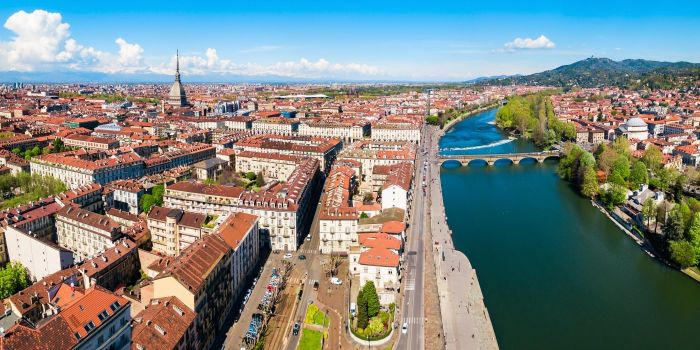
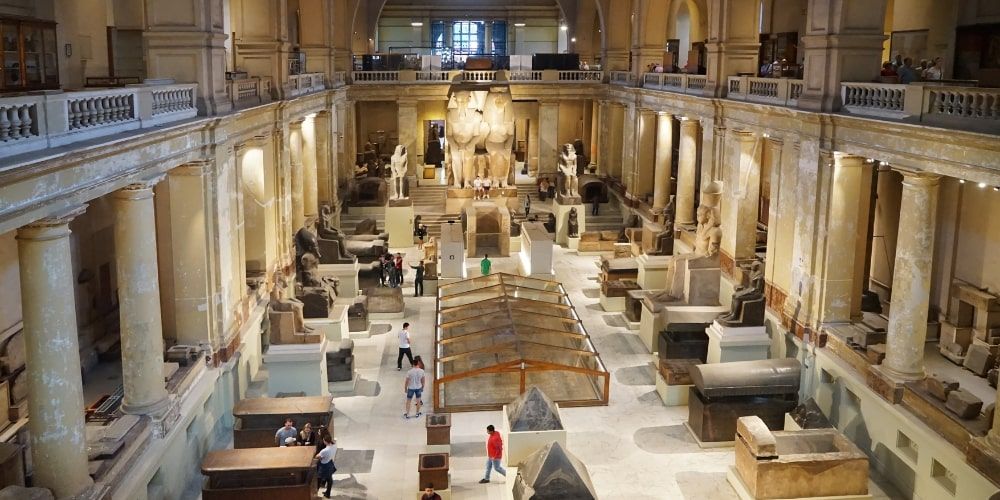
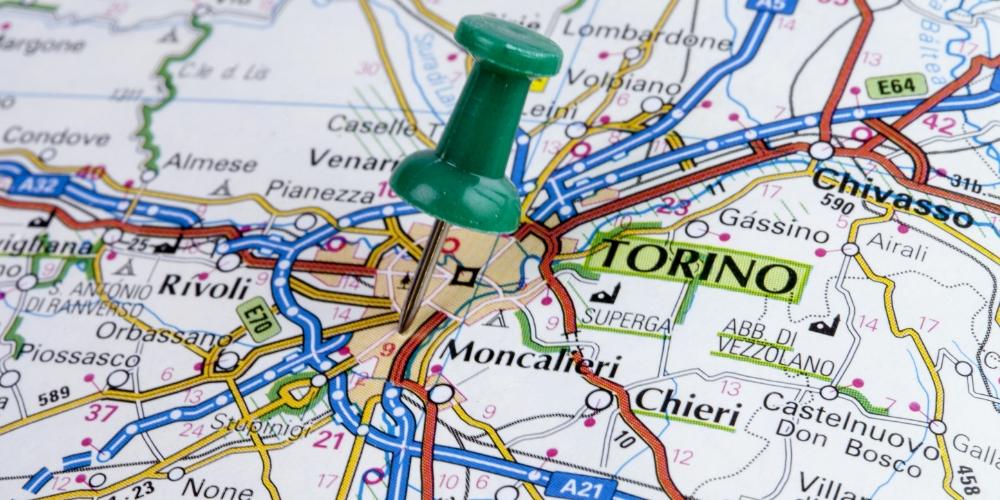
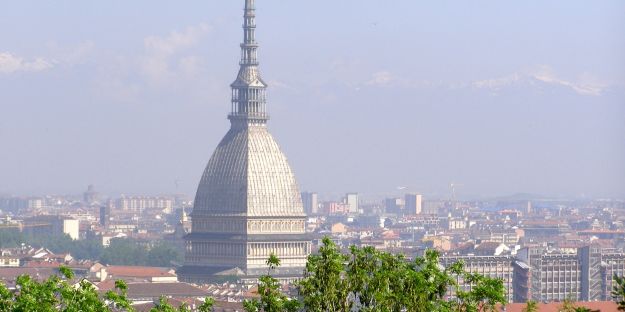
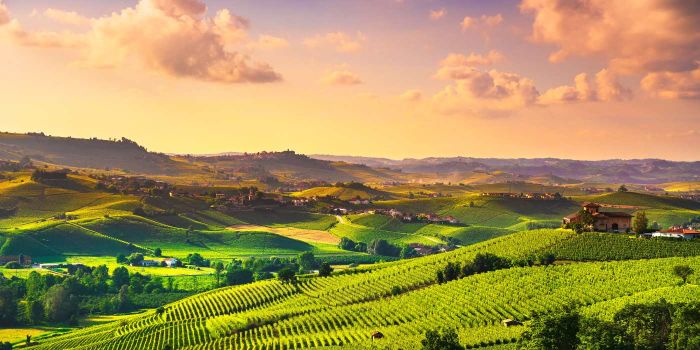
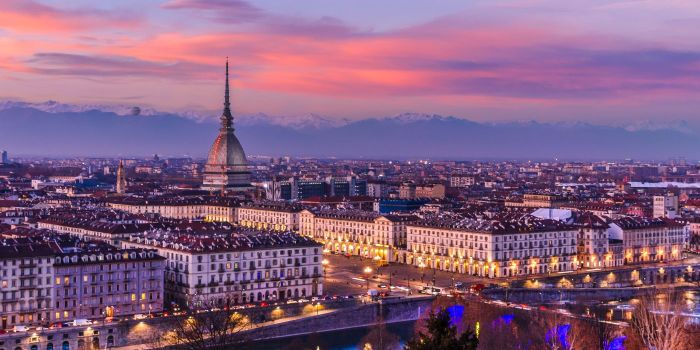

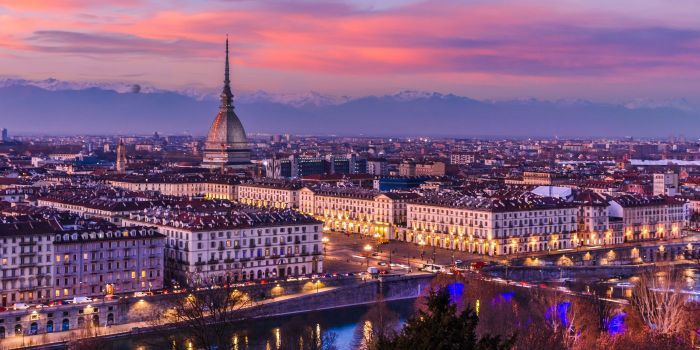
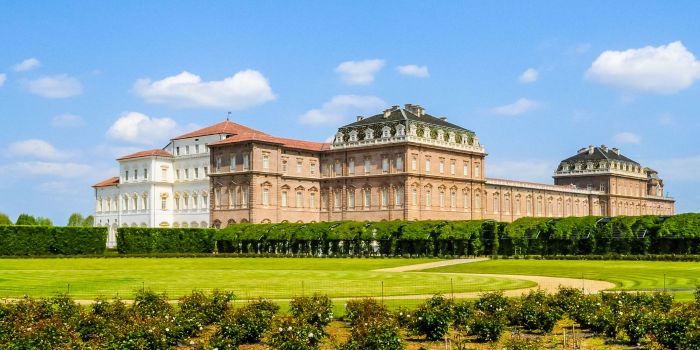








Rossella Friggione
A journey into the heart of Turin's Royal Palace among art, history and extraordinary architecture.